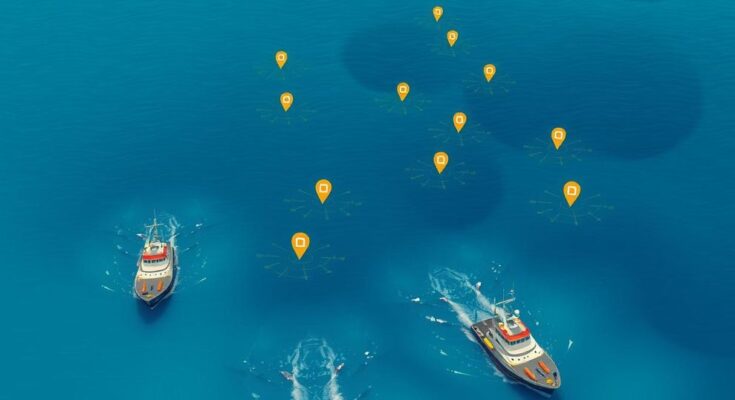The Malaysian government has approved a renewed search for MH370, employing Ocean Infinity and advanced technologies. The operation area is comparable to Sydney, based on refined analysis of data. New vessels and sonar technologies are integral to the search efforts, projected to last 18 months. Compensation for recovery success is set at US$70 million, with significant implications for the investigation.
After over eleven years since the disappearance of Malaysia Airlines Flight MH370, the Malaysian government has approved a renewed search for the missing aircraft debris. This initiative, based on a proposal from Ocean Infinity, follows Malaysia’s announcement for a revitalized search last year, marking a decade since the tragic incident that took the lives of 239 individuals.
Ocean Infinity, known for conducting underwater searches, was engaged in a previous unsuccessful effort in 2018. However, they have returned to the southern Indian Ocean, approximately 1,500 kilometers west of Perth, utilizing enhanced high-tech tools in their new search efforts.
The designated search area is comparable in size to metropolitan Sydney and was determined through expert collaboration and refined analysis of data, such as weather conditions and satellite information, gathered after the aircraft’s disappearance. Notably, debris attributed to MH370 that washed ashore in Africa and Indian Ocean islands contributed to this identification.
For this operation, Ocean Infinity employs the newly constructed Armada 7806, a 78-meter offshore support vessel. This ship is outfitted with a fleet of autonomous underwater vehicles created by the Norwegian company Kongsberg, capable of deep-sea operations up to 6,000 meters for an extended duration of 100 hours.
The autonomous vehicles are equipped with a range of advanced sonar technologies, including sidescan, synthetic aperture, multibeam, and sub-bottom profiling sonar systems. These technologies enable detailed underwater mapping and object detection by utilizing acoustic pulses to identify echoes from the seafloor.
The sonar systems provide critical data for underwater exploration and assessments. Once potential targets are identified by sonar, the vehicles will undertake closer missions to capture detailed imagery, facilitating the identification of these targets.
Since their last involvement in 2018, Ocean Infinity has advanced its marine robotics and data analytics significantly, enhancing operational efficiency during deep-sea searches. Individual vehicles can now simultaneously cover extensive areas of the seafloor, facilitating a comprehensive exploration of the designated zone.
Challenges in this search operation are anticipated due to complex environmental conditions, with weather likely affecting surface operations and underwater vehicles facing difficult terrains. This search is projected to last up to 18 months, primarily benefiting from favorable weather from January to April.
In the event of successful wreckage retrieval, the Malaysian government will compensate Ocean Infinity with US$70 million. Subsequently, efforts will focus on recovering the plane’s black boxes, which are vital for understanding the circumstances leading to the aircraft’s final moments. Conversely, failure in recovery will yield no payment for Ocean Infinity, necessitating a reevaluation of the investigation process.
The renewed search for MH370 represents a significant effort by the Malaysian government and Ocean Infinity, employing advanced technology and refined strategies. With a substantial investment and enhanced capabilities, this operation aims to uncover critical evidence about the flight’s disappearance. Success in locating the wreckage could lead to vital insights, while failure would necessitate a reevaluation of the search efforts.
Original Source: www.hindustantimes.com




